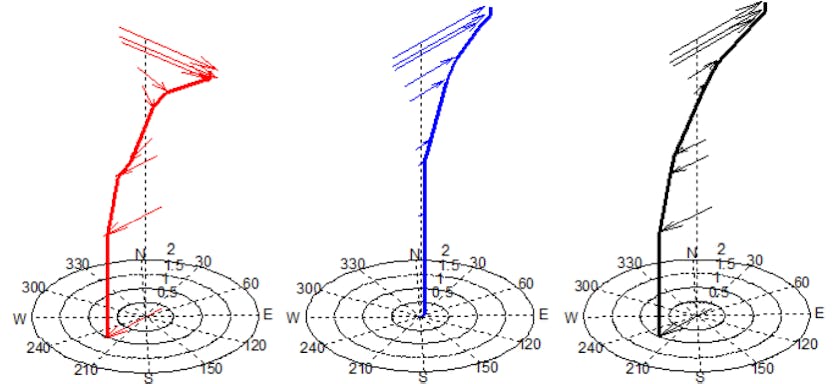An Investigation of the Tolerance of Riser Fatigue to Corrosion Pitting
EVENT: OMAE
1 Jun 2013
When risers are designed it is common for corrosion to be accounted for by including a corrosion allowance in the wall thickness [3]. However, when designing risers which are subject to fatigue loading from various sources, simply allowing extra thickness in the wall is inadequate to protect against the accelerated fatigue crack growth driven by corrosion.
This paper illustrates a methodology for assessing the fitness for service of a steel catenary riser with various levels of pitting corrosion. The methodology uses FEA tools, as well as classical fracture mechanics, to predict the rates of crack growth and arrive at predictions of life. Once corrosion begins and pits form, the structure may experience an increase in crack growth rate, caused by the influence of the chemistry of the produced fluid on the steel and by the stress effects of the pit geometry. Further complications arise if extreme storms cause riser stresses to exceed yield, which then requires the use of strain based methodology.
The results of the illustrative study demonstrate that riser designs should account for the potential of accelerated crack growth where there is a potential for pitting corrosion, and that by only adding a corrosion allowance to account for loss of burst capacity, an inadequate design can easily result.
Authors
Fengjie Yin
Technical Advisor - Fracture Mechanics
Fengjie Yin
Technical Advisor - Fracture Mechanics
Insights
David Saldaña
Senior Engineer, USA
David Saldaña
Senior Engineer, USA
Insights
Mark Cerkovnik
Yetzirah Urthaler
BP
Robin Gordon
Microalloying


